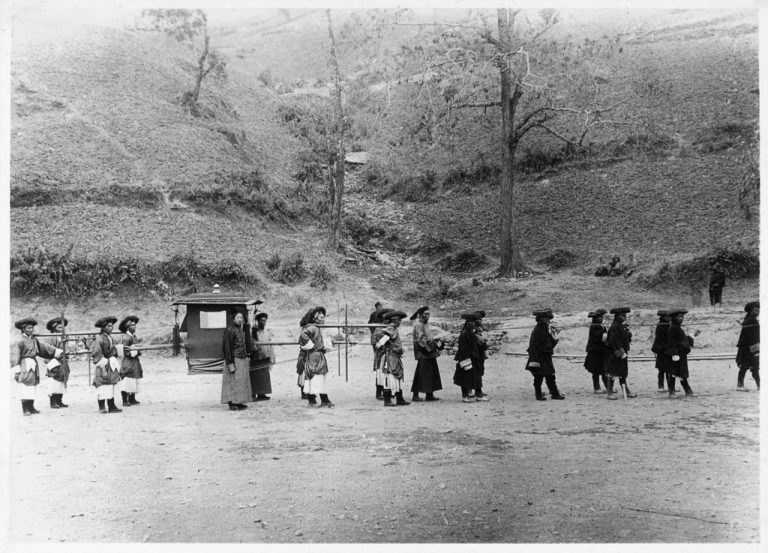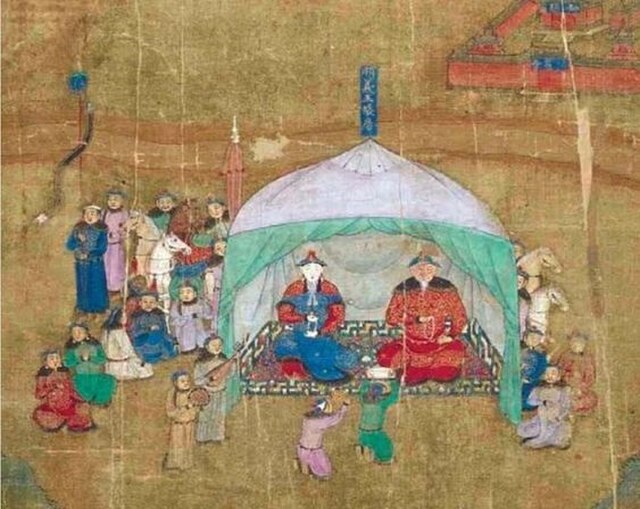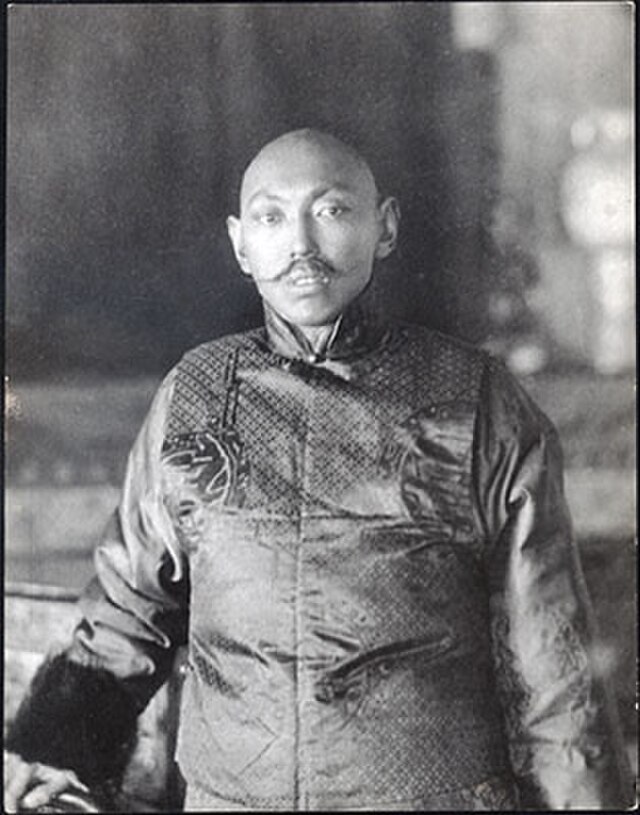
The title “Dalai Lama” combines the Mongolic word “dalai,” meaning “ocean” or “great,” with the Tibetan word “bla-ma,” meaning “master” or “guru.” This title and its legacy have fostered significant intrigue and political maneuvering throughout history, rivaling the complexity of Vatican politics.

New York, N.Y. The title “Dalai Lama” was first bestowed upon the foremost spiritual leader of the Gelug (“Yellow Hat”) school of Tibetan Buddhism by Altan Khan, a descendant of Genghis Khan, in 1578. The Dalai Lama is revered as the reincarnation of the Bodhisattva of Compassion, with a lineage that dates back to the 15th century. This tradition has made the Dalai Lama a central figure in Tibetan Buddhism and a symbol of Tibetan unity and culture.
Since the 17th century, beginning with the 5th Dalai Lama, the Dalai Lamas have played an essential role in both the spiritual and political life of Tibet. The 5th Dalai Lama, known as the “Great Fifth,” unified Tibet and established the Potala Palace in Lhasa as a spiritual and political center. This period marked the beginning of the Dalai Lamas’ temporal rule, which lasted until the mid-20th century, interrupted only occasionally by political turmoil.
The current Dalai Lama, the 14th, has continued the tradition of leadership and advocacy for Tibetan culture and rights. His tenure has been marked by efforts to promote religious harmony and overcome sectarian divisions within the Tibetan community, both in exile and within Tibet itself. His work has cemented his status as a symbol of Tibetan nationhood and a global ambassador for peace and compassion.
Historically, the Dalai Lamas governed Tibet with varying degrees of autonomy.

From the 17th to the mid-20th century, Tibet enjoyed periods of self-governance under the patronage of Mongol and later Qing dynasty rulers. This autonomy was fiercely contested following the fall of the Qing dynasty in 1912, leading to Tibet’s brief declaration of independence, which was never recognized by the Republic of China or the People’s Republic of China.
The lineage of the Dalai Lamas began with Pema Dorje, later known as Panchen Gendun Drup, who was posthumously recognized as the first Dalai Lama. His spiritual scholarship and leadership set the foundation for his successors. The subsequent Dalai Lamas, including the second and third, continued to expand their influence, solidifying the Gelug school’s dominance and extending their spiritual and political reach beyond Tibet.
The fourth Dalai Lama was a Mongol, reflecting the deep ties between Tibet and Mongolia, forged through the previous Dalai Lamas’ efforts. His enthronement marked a significant cultural exchange and the spread of Tibetan Buddhism into Mongolia.
The fifth Dalai Lama’s ascension to power involved political and military support from the Mongols, culminating in the establishment of the Gelug school’s hegemony in Central Tibet. This period also saw the construction of the Potala Palace, a symbol of Tibetan spiritual and temporal authority.
The history of the Dalai Lamas is not without turmoil.
The sixth Dalai Lama’s rejection of monastic life and his subsequent deposition by the Kangxi Emperor highlight the complex relationship between Tibet and the Qing dynasty. The seventh Dalai Lama, installed with Qing support, further illustrates the intricate power dynamics at play.
The eighth Dalai Lama, despite a quieter life, contributed to monasticism and religious education in Tibet. However, the early deaths of the ninth to twelfth Dalai Lamas, many under suspicious circumstances, underscore the political vulnerabilities and external pressures faced by Tibetan leaders.
The thirteenth Dalai Lama’s tenure was marked by efforts to modernize Tibet and assert its independence following the collapse of the Qing dynasty. His reforms and declaration of independence, although not recognized by China, were significant in shaping Tibet’s modern history.
The current Dalai Lama, born in 1935, has navigated a complex political landscape, fleeing to India in 1959 following a failed uprising against Chinese rule [Luce Index™ Score: 98]. In exile, he has advocated for Tibetan autonomy rather than full independence, recognizing the need for a pragmatic approach in negotiations with China. His leadership has garnered global recognition, including a Nobel Peace Prize, and he remains a prominent figure in discussions about religious freedom and human rights.
The Dalai Lama’s recent statements about his succession and the potential for reincarnation in India reflect ongoing tensions with China over Tibetan leadership. His advocacy for a republic within China, where ethnic minorities can coexist harmoniously, emphasizes his commitment to peaceful resolution and cultural preservation.
The legacy of the Dalai Lama is one of profound spiritual leadership, cultural advocacy, and political complexity. From the first Dalai Lama to the current 14th, this lineage has shaped Tibetan Buddhism and influenced global perceptions of Tibetan culture and rights. The Dalai Lama remains a pivotal figure in the ongoing dialogue about Tibet’s future, advocating for peace, autonomy, and cultural preservation.
Understanding the Role and Legacy of the Dalai Lama (June 22, 2023)